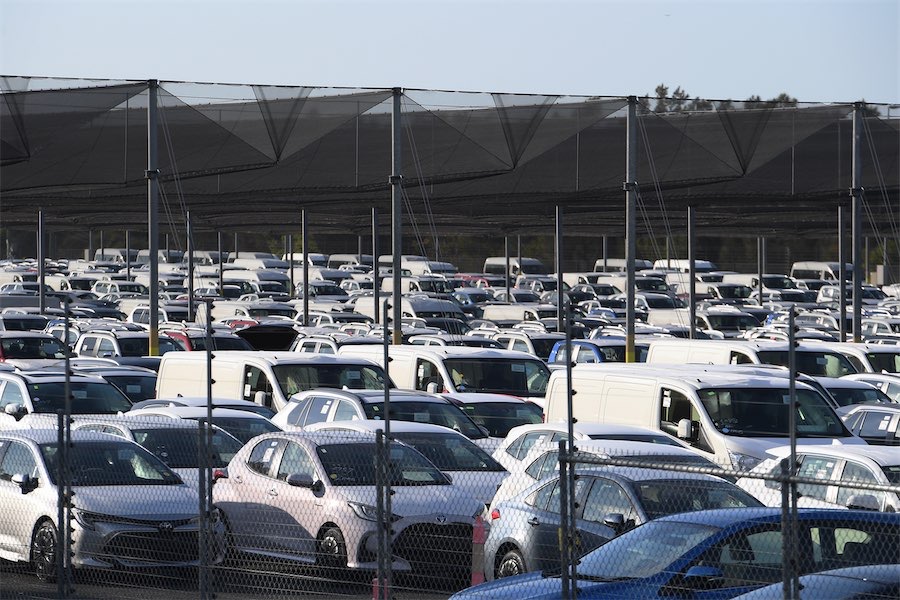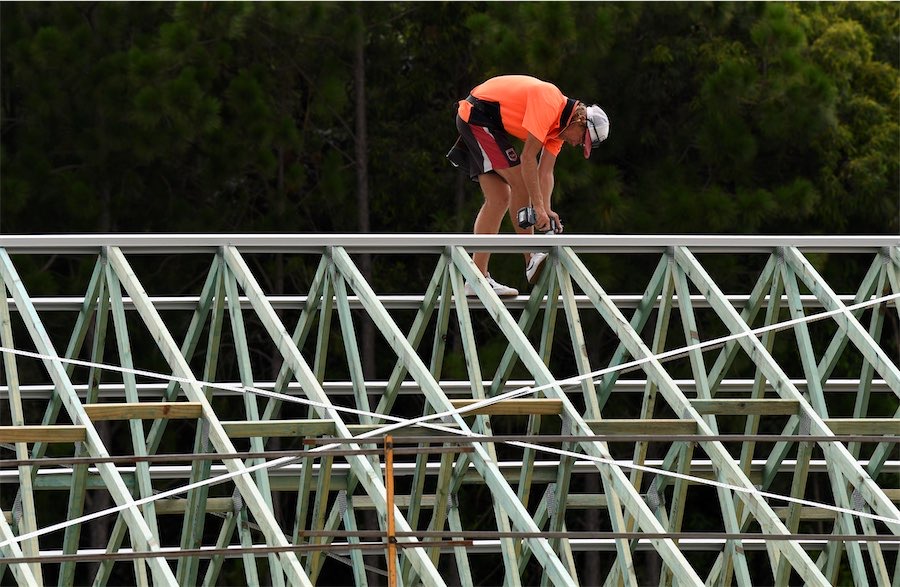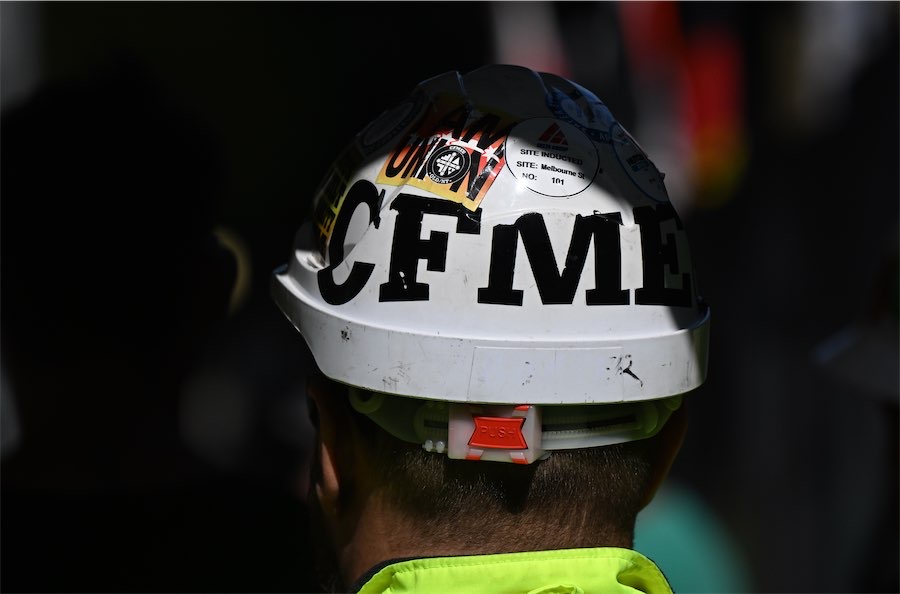
By Jennifer Dudley-Nicholson
Australians are buying fewer new vehicles than they did one year ago, putting the brakes on passenger and petrol car purchases in particular.
Figures from the Federal Chamber of Automotive Industries showed vehicle sales fell by more than 10 per cent across the board in August, with declines for some of the most popular models.
Only hybrid and plug-in hybrid vehicles steered clear of the downward trend, with both registering higher sales during the month.
The news came as reports showed household spending fell by 0.2 per cent during the June quarter and inflation remained at 3.8 per cent.
Aussie motorists bought 11,600 fewer new vehicles in August, the figures showed, and purchased more than 98,000 new vehicles during the month.
But Federal Chamber of Automotive Industries chief executive Tony Weber said he still considered the figure a “positive result” for the automotive industry, given the high number of sales in 2023.
“Once again, the new car market is showing signs of resilience as cost-of-living pressures and interest rates continue to impact the economy,” he said.
“This is a positive result in historic terms, with this being the second highest August ever in Australia.”
Passenger car sales fell by more than 21 per cent compared to the same month in 2023 and petrol vehicle sales were down by 19.5 per cent.
Electric car purchases also slowed, with figures from the automotive industries and Electric Vehicle Council combined showing battery powered vehicles made up 5.99 per cent of all new vehicle sales, representing a decline of 15 per cent compared to August 2023.
But the popularity of hybrid vehicles continued to rise, up 44 per cent to represent 16.9 per cent of all new car sales, while plug-in hybrids also grew, making up 2.6 per cent of sales.
Mr Weber said their popularity showed motorists were interested in cutting vehicle emissions but many were not ready to invest in an electric car.
“In line with the experience in many global markets, sales of battery electric vehicles are disappointing,” he said.
“This is despite the supply of battery electric vehicles increasing significantly with more brands and EV models having entered the Australian market.”
The hybrid Toyota RAV4 SUV topped the list of best-selling vehicles in August, followed by utes from Ford, Toyota and Isuzu.
Sports utility vehicles remained the most popular style of cars in Australia by a wide margin, making up 57 per cent of all new vehicles, followed by light commercial vehicles such as utes and vans (22.9 per cent) and passenger cars (15.4 per cent).
Who can be trusted?
In a world of spin and confusion, there’s never been a more important time to support independent journalism in Canberra.
If you trust our work online and want to enforce the power of independent voices, I invite you to make a small contribution.
Every dollar of support is invested back into our journalism to help keep citynews.com.au strong and free.
Thank you,
Ian Meikle, editor





Leave a Reply